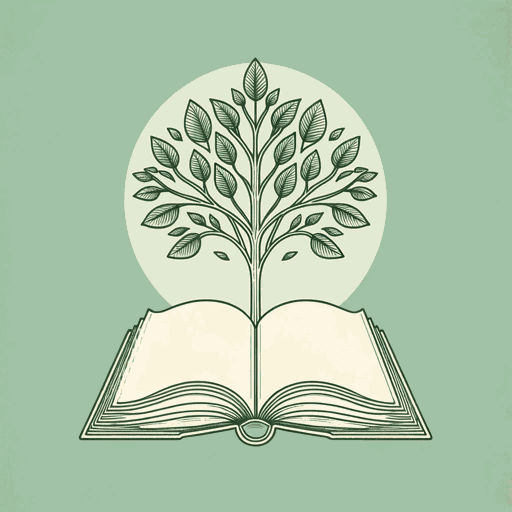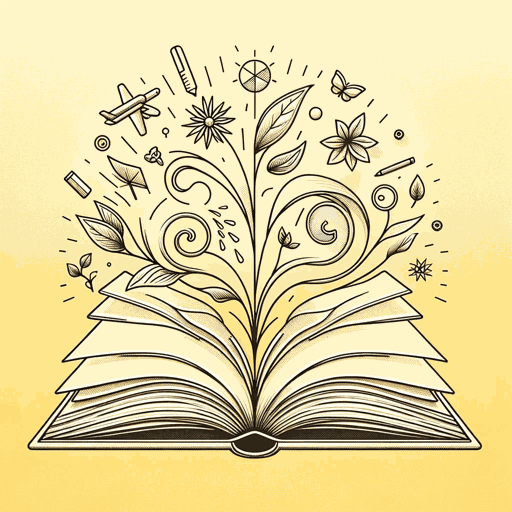74 pages • 2 hours read
John DeweyDemocracy and Education: An Introduction to the Philosophy of Education
Nonfiction | Book | Adult | Published in 1916A modern alternative to SparkNotes and CliffsNotes, SuperSummary offers high-quality Study Guides with detailed chapter summaries and analysis of major themes, characters, and more.
Summary and Study Guide
Overview
Democracy and Education, written by American psychologist and philosopher John Dewey, was first published in 1916. This influential text advocates for undertaking public education reform to establish an authentically democratic society. In Dewey’s view, democracy is not just a form of government but a type of equal and reciprocal social relations. Dewey’s general trajectory in this work is to outline the connections between education, the self, the physical world, and society. This guide uses the Kindle edition released by General Press in 2022.
Summary
The text comprises 26 subject-specific chapters, each of which is divided into subsections and is followed by a helpful summary. What unites them is Dewey’s overarching theme of the need for an integrated approach to public education available to all regardless of socioeconomic circumstances. Dewey begins by meticulously and systematically identifying and defining some key educational concepts, such as aim and interest, adding as he proceeds. He then uses the relevant terms throughout the text expecting the reader to retain this information. Stylistically, the phraseology of Democracy and Education is typical of the late 19th and early 20th-century texts on philosophy (e.g., including the frequent usage of the passive voice).
In some cases, Dewey analyzes the historical origins of the relevant pedagogical concepts and traces their development to identify some of the problems with their application. For example, he investigates the impact that both ancient Greek philosophers and Enlightenment philosophers had on the realm of education. He also examines the work of key educational reformers of the 19th century such as Johann Friedrich Herbart and Friedrich Froebel and their relevance in the field of pedagogy.
One of the impediments to establishing an educational system akin to Dewey’s ideal is the unequal social relations under modern capitalist conditions. Dewey examines the relationship between education, the ruling class, and the working classes throughout history under different systems of government: Athenian democracy with its strict hierarchic social structure, medieval European feudalism, and the development of social relations under capitalism, especially during the Industrial Revolution. Despite the push for greater political representation at the time of the text’s publication, socioeconomic inequalities were still reflected in the realm of education.
Dewey advocates for an integrated approach to education, in which formal studies are combined with activities (work and play) and have relevance to the student’s community and society at large. Making education part of the world outside the classroom and daily life—rather than a foreign, isolated process—will teach students how to think rather than what to think. Experience in the physical world and in society will be their guide because humans are social creatures. They will develop the type of critical thinking that they could apply to specific situations by using the scientific method of hypothesizing, observing, testing, and drawing conclusions. It is this type of thinking that makes for an autonomous individual. An ideal education also accounts for each student’s unique needs and interests to prepare the student for a fruitful life as an adult.
Democracy and Education is not a teaching manual. However, Dewey makes a number of suggestions to instructors. For example, he argues against teachers comparing students to each other and focusing on their specific needs and skills. He perceives teachers as guides offering direction and the relevant stimuli for students to proactively participate in their own education. He also discusses the moral component of education and its relationship to shaping one’s character.
Overall, the text provides insight into the historical development of current educational models and the improvements they may still require.
Related Titles
By John Dewey



